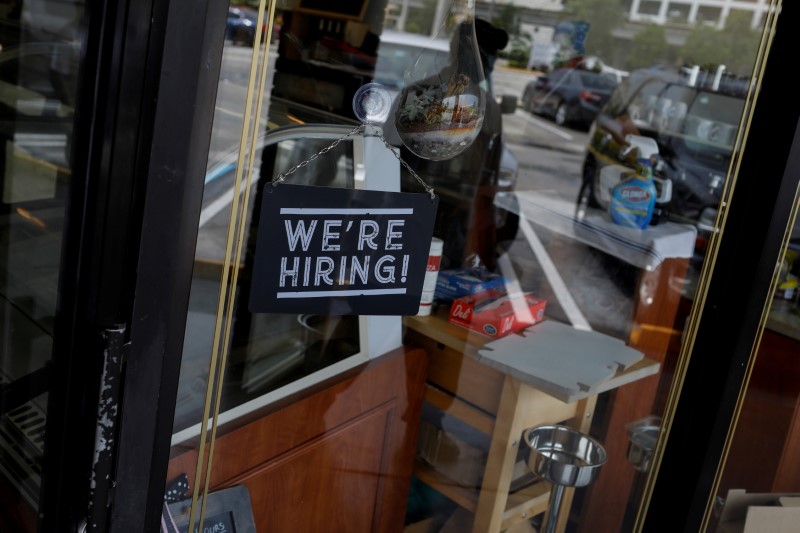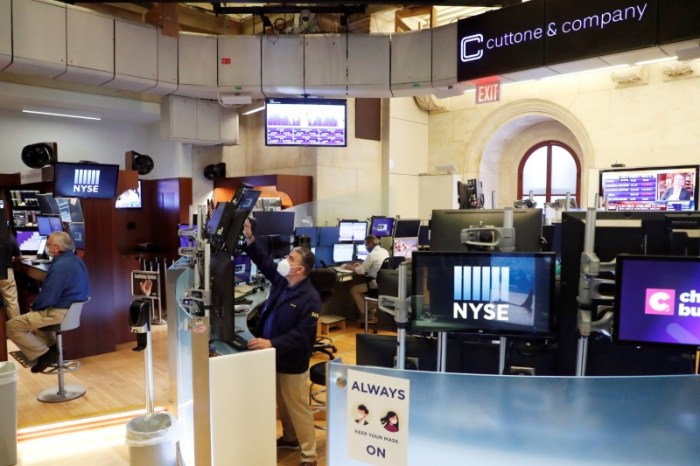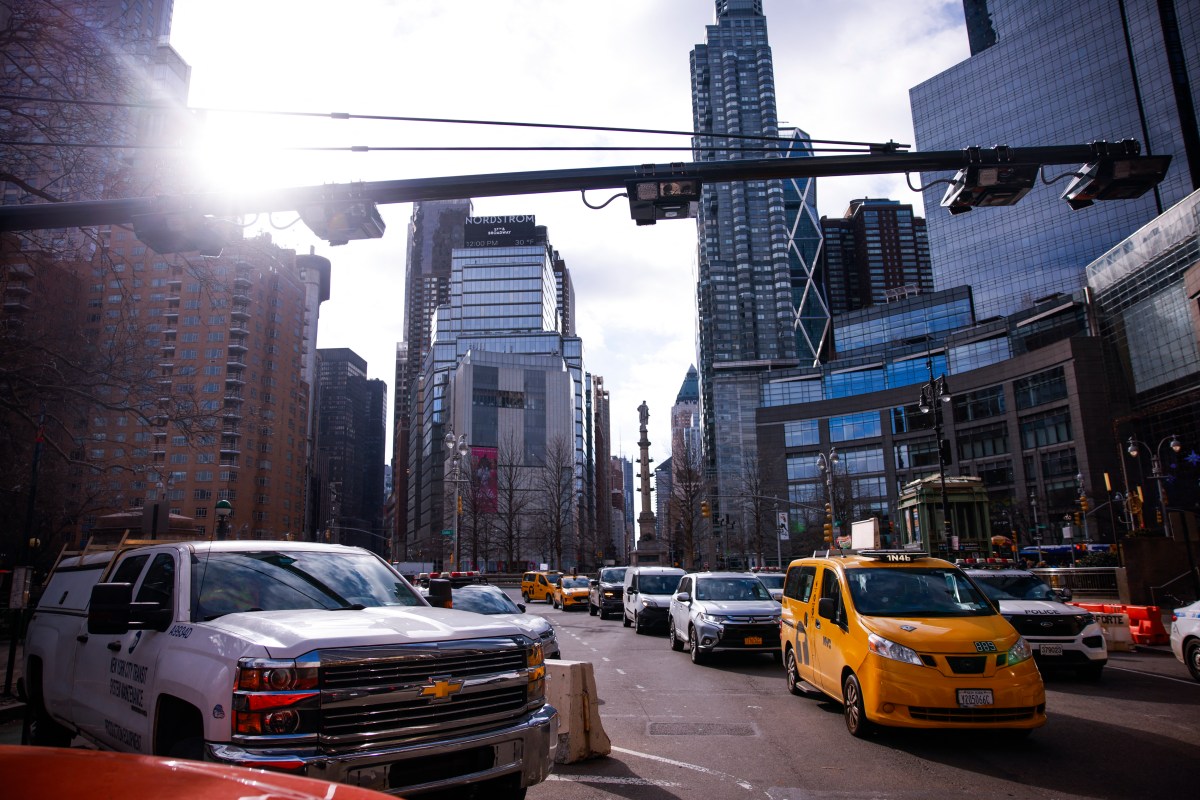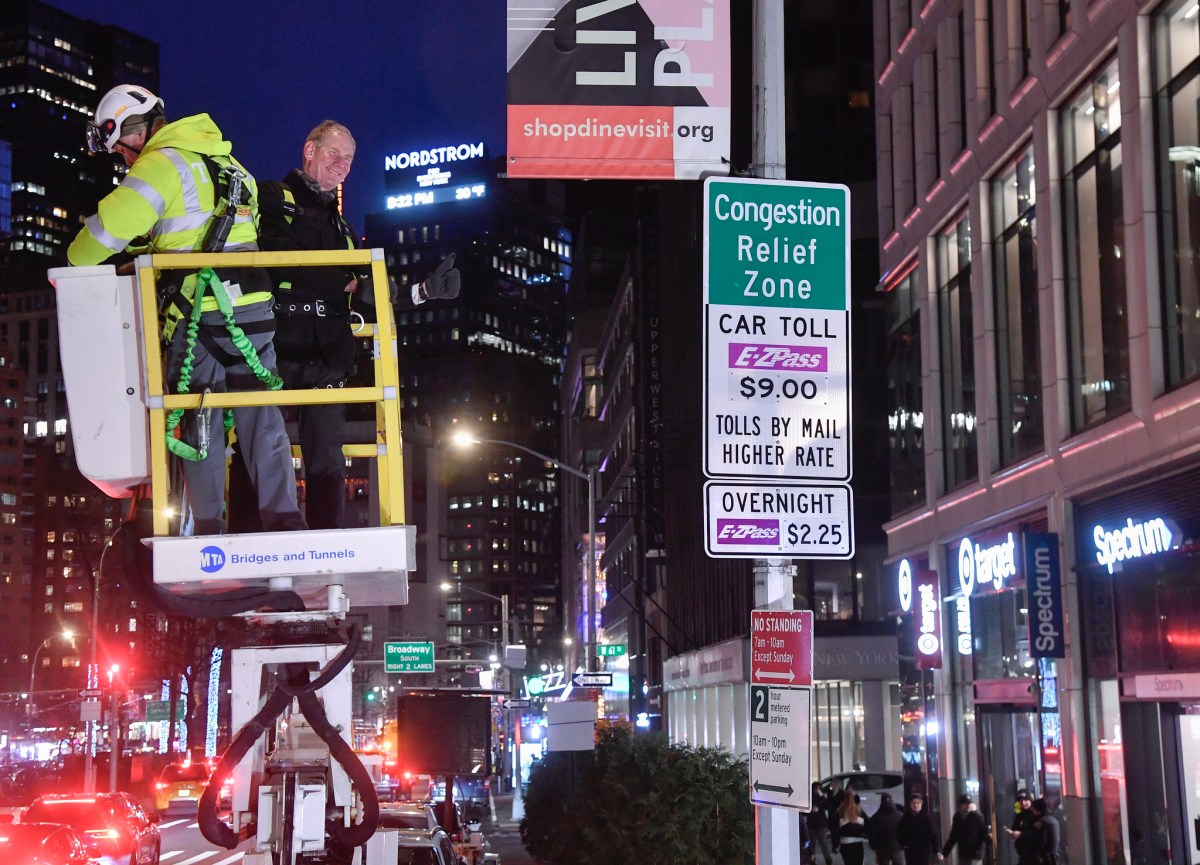WASHINGTON (Reuters) – U.S. private payrolls fell less than expected in May, suggesting layoffs were abating as businesses reopen, though the overall economy’s recovery from the COVID-19 pandemic will be slow.
Signs are growing that the economic slump is nearing a bottom, with other data on Wednesday showing activity in the vast services sector pushing off an 11-year low in May. Getting the economy back to pre-COVID-19 levels could take years unless businesses boost spending after cutting back for four straight quarters. Factory orders suffered a record drop in April.
“The road ahead is fraught with significant downside risks,” said Oren Klachkin, lead U.S. economist at Oxford Economics in New York. “Severe demand destruction, supply chain disruptions, tighter financial conditions, and concerns of a second wave of coronavirus contagion minimize chances of a strong rebound.”
The ADP National Employment Report showed private employers laid off another 2.76 million workers last month after a record 19.557 million in April. Economists polled by Reuters had forecast private payrolls dropping by 9 million in May.
A staggering 25 million private jobs were lost over the past three months. The ADP report is jointly developed with Moody’s Analytics. Last month’s smaller-than-expected drop in private payrolls mirrored declines in the number of people filing claims for unemployment benefits and remaining on jobless rolls.
“The COVID-19 recession is over, barring a second wave of infections or policy error,” Mark Zandi, Moody’s Analytics chief economist told reporters. “It was the shortest recession in history and among the most severe. But recovery will be a slog until there is a vaccine.”
Recessions in the United States are called by the National Bureau of Economic Research, which does not define a recession as two consecutive quarters of decline in real gross domestic product, as is the rule of thumb in many countries. Instead, the NBER looks for a drop in economic activity, spread across the economy and lasting more than a few months. Economists believe the economy slipped into recession in March.
The ADP report showed job losses across all sectors in May, though within the service-providing sector, administrative services, which include temporary help, and educational services showed employment gains.
Zandi said there was no evidence yet the government’s Paycheck Protection Program (PPP) was helping the labor market. The PPP, part of a historic fiscal package worth nearly $3 trillion, offers businesses loans that can be partially forgiven if they are used for employee pay.
In a separate report on Wednesday, the Institute for Supply Management said its non-manufacturing activity index rose to a reading of 45.4 in May from 41.8 in April, which was the lowest since March 2009 and the first showing contraction since December 2009.
A reading below 50 indicates contraction in the services sector, which accounts for more than two-thirds of U.S. economic activity. Economists had forecast the index increasing to a reading of 44.0 in May.
Stocks on Wall Street were trading higher as investors remained optimistic about an economic rebound despite growing social unrest. The dollar slipped against a basket of currencies. U.S. Treasury prices fell.
WORST OVER
Though the worst of job losses is probably behind, economists estimate that roughly one in four workers who were laid off or furloughed during the near shutdown of the country in mid-March to control the spread of COVID-19 were unlikely to be rehired. Several retailers have filed for bankruptcy and many other businesses are expected to follow suit.
The ADP report was released ahead of the government’s more comprehensive employment report for May scheduled to be published on Friday. Though it has a poor record predicting the private payrolls component of the government’s employment report because of methodology differences, it was broadly consistent with other labor market indicators.
“The ADP report isn’t always a reliable predictor of the government data, but it suggests that the pace of job loss moderated noticeably between April and May, even though it remained substantial relative to pre-COVID-19 norms,” said Daniel Silver, an economist at JPMorgan in New York.
(GRAPHIC: How good is ADP at predicting the U.S. jobs report? – https://fingfx.thomsonreuters.com/gfx/mkt/yzdpxdaxdpx/Pasted%20image%201591201892579.png)
Still, the ADP report likely exaggerates the pace of easing in layoffs. The ISM survey showed its measure of services industry employment rising marginally in May from April’s reading, which was the lowest since 1997.
According to a Reuters survey of economists, nonfarm payrolls probably declined by 8 million last month after plummeting by a record 20.537 million in April.
The unemployment rate is forecast rocketing to 19.8%, a post-World War Two high, from 14.7% in April.
Demand and business confidence will determine how quickly the labor market recovers. A third report from the Commerce Department on Wednesday showed factory orders slumped a record 13% in April after dropping 11% in March.
“Many companies operating on the slimmest of margins may find they are unable to generate enough revenue to stay in business,” said Chris Rupkey, chief economist at MUFG in New York.
(Reporting By Lucia Mutikani; Editing by Andrea Ricci)

























